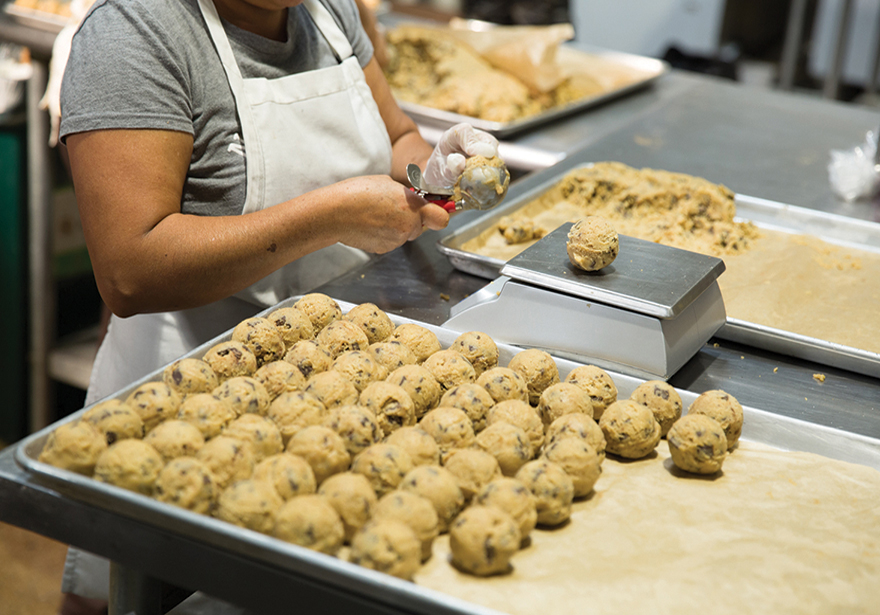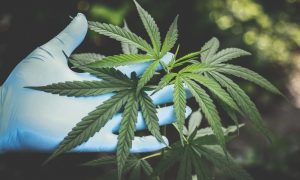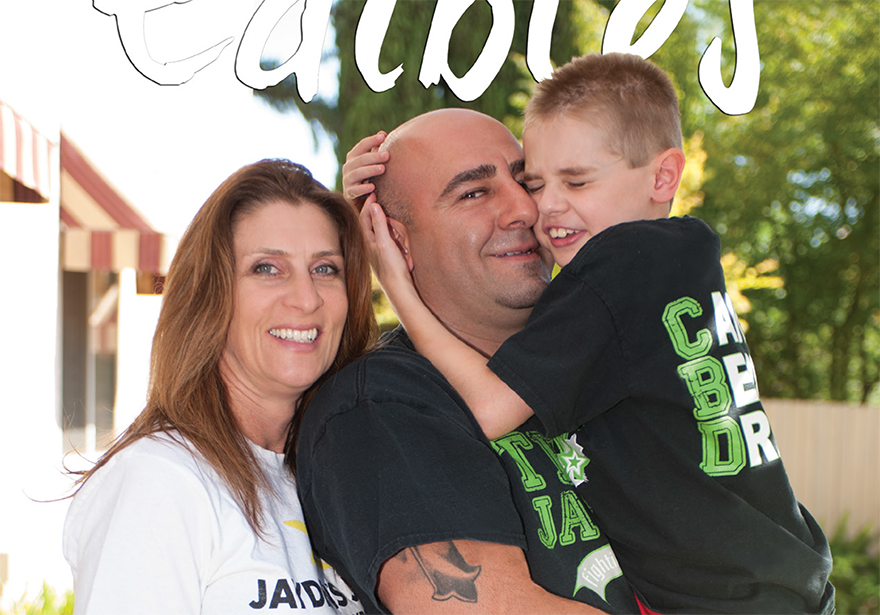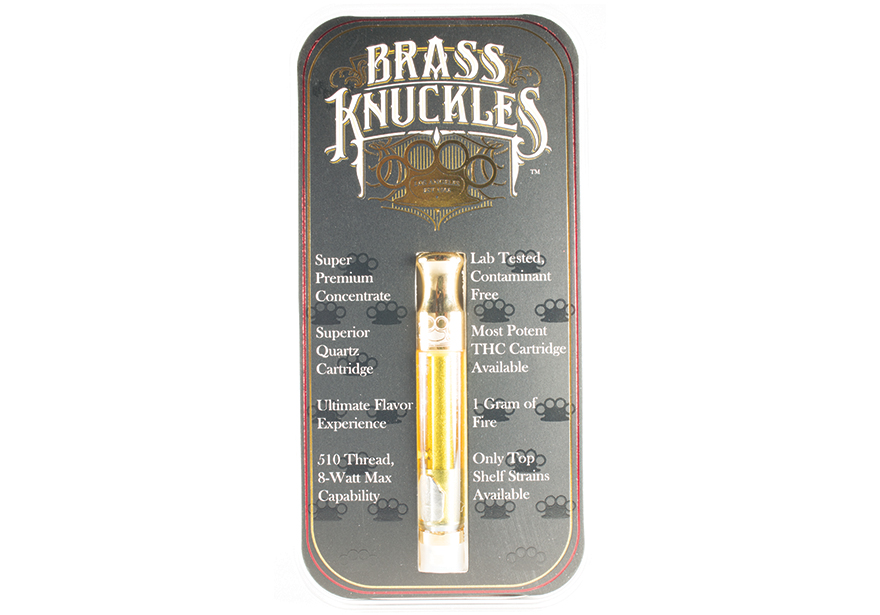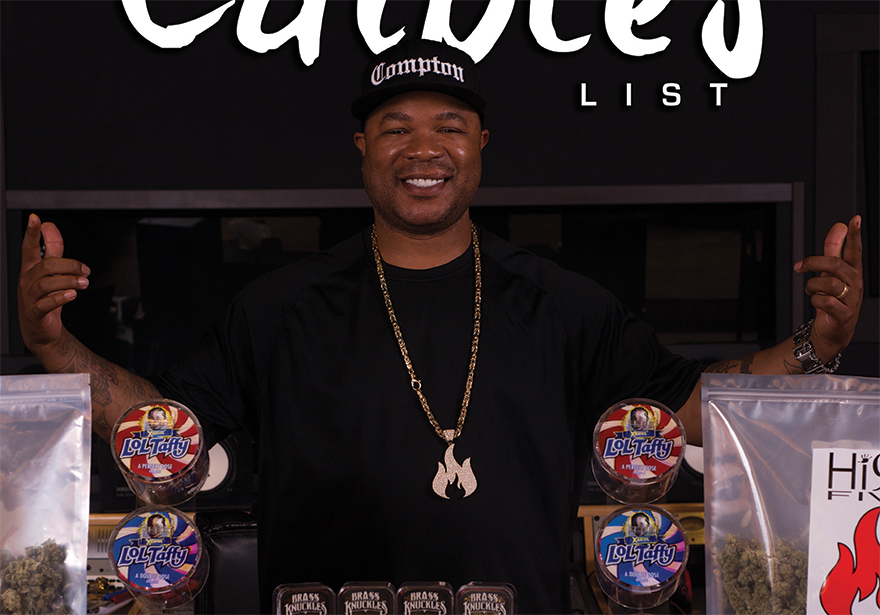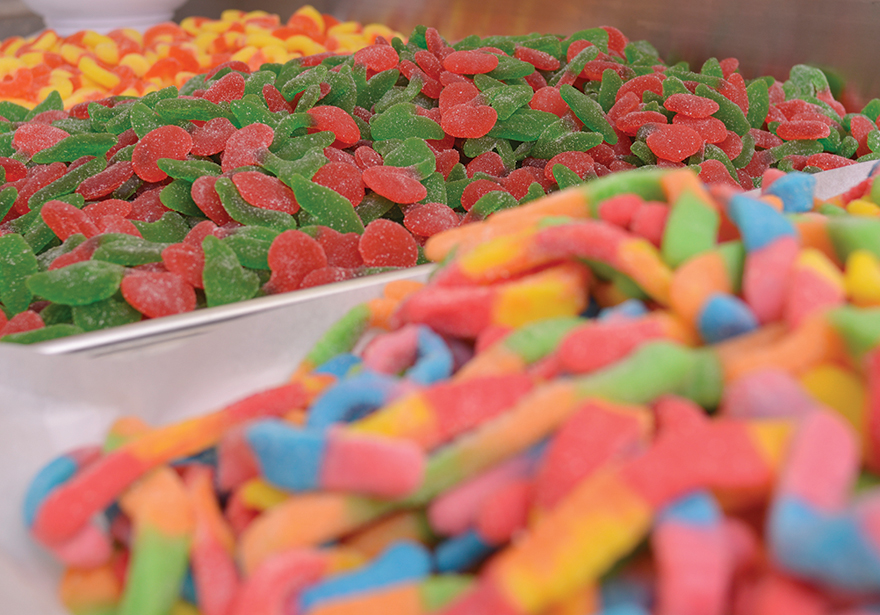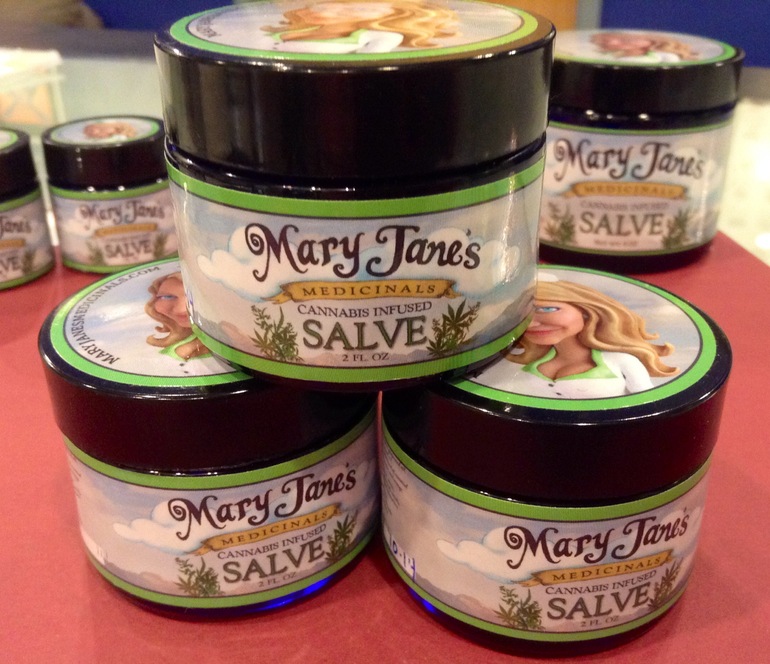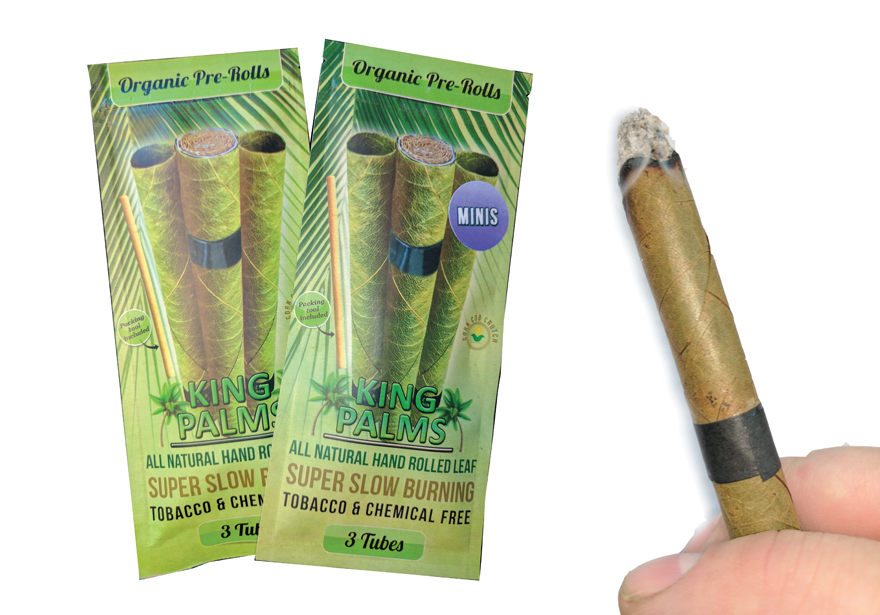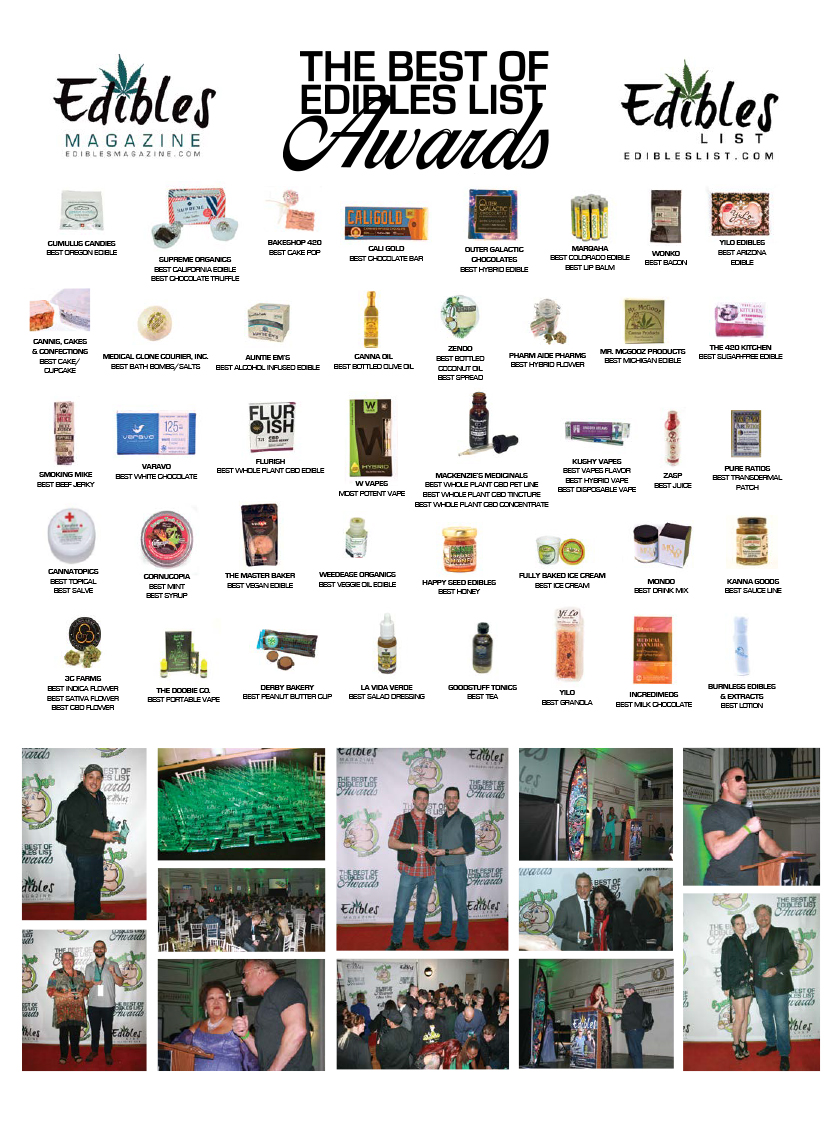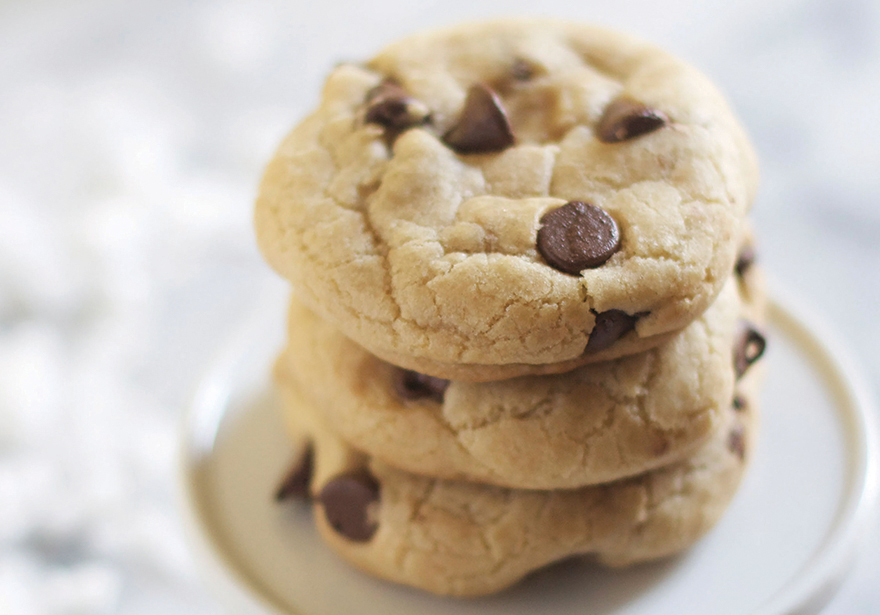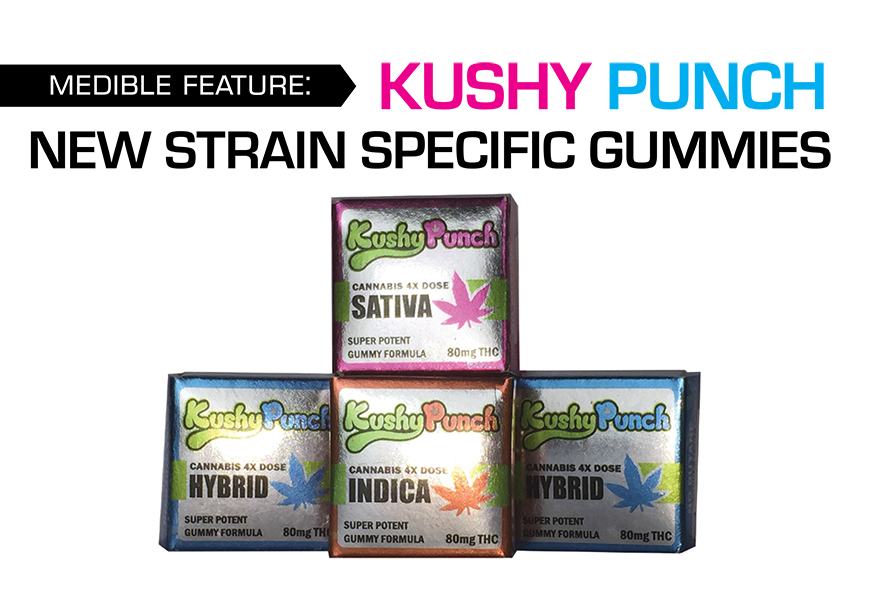Have you ever made something great from a recipe at home and had all of your friends tell you how amazing it tastes? Perhaps you make the best desserts or have the most beautiful confections, or you love baking the most wonderful bread? Perhaps you’ve now decided it’s time to scale up your product and sell it, and finally make some money from your craft.
The last 10 years has seen a huge increase in small food producers and entrepreneurs bringing their products to market. Some succeed and some fail, usually because they don’t have enough funds to make their dream actually a reality.
Making your product at home is one thing, but mass producing is a whole new game that involves different rules to ensure your product is safe, consistent, and holds up for the duration of its desired shelf life. Using a simple gummy candy recipe, the following section will break down the required adjustments that one must consider when scaling up from a 1 pound to a 500 pound batch.
Ingredient Weights: Some cooks may already be measuring recipes in grams, while others may still be using volumetric measurements like cups, tablespoons and thimbles. Using grams for your measurements is the most efficient method. The last thing you want to do is multiply a half cup by 500 as a way to provide your new measurement. It won’t be accurate and volume is never correct unless the density of that volume is known (grams/ml). Take your half cup of juice and weigh it out, then take those GRAMS and multiply that by 500. The new grams can then be divided by 28.3 (to get oz) or 16 oz (to get final weight in pounds).
Processing Times and Temperatures: Typical gummy candies are made by heating up sugar, water and flavorings, adding the gelatin, cooking a bit more and pouring into molds. Making a small batch is fairly simple especially if you have done it multiple times before. You can sort of eyeball when the mixture is thick enough and have a good sense for when it is ready. The eyeballing method however is not good enough for a larger batch. It may take longer to come up to temperature and you have to be careful to stir continuously to prevent lumps. This is the time to establish measurable methods to determine when your mixture is ready to take off the stove. Some measurable methods include pH (acidity) the soluble solids (brix) and using an accurate thermometer (temperature) to ensure consistency between batches. Measuring the pH will ensure your flavor/acid profile is always the same and if you are making vegetarian pectin based bears, that pH will be crucial to the gel setting up properly. A pH meter is not expensive and there are multiple brands sold online for less than $100. The brix (soluble solids) is also crucial to ensure you have the right amount of sugar in your mixture which directly correlates to the water that has been boiled off. Precise concentration will tell you when to add the gelatin and ensure batch consistency.
Filling the Molds: It’s easy to fill 30 or 40 molds for small batches but when you scale up you have to consider the time it takes to fill hundreds of gummy molds that may be made out of silicone, molding starch or plastic. Big manufacturing plants have depositors and fillers that cost thousands of dollars and the mixture is maintained at a hot temperature while being deposited into molds. Most smaller entrepreneurs can’t afford expensive depositor equipment and do it all by hand. As the molten liquid is being poured into the molds, it is cooling off and solidifying. As you continue to fill the molds, your mixture is getting thicker less runny. This will ensure product and profit loss. You either need to make smaller batches and have more people to fill the molds or invest in equipment that keeps the mixture warmed and loose for the whole filling process.
Drying Rooms: Temperature and humidity levels are important to ensure your trays racks of candy dry out properly. Proper stacking to ensure the air flows evenly over the candy is important. A temperature controlled drying room is an investment that will ensure consistency.
Weights and Packaging: Cannabis infused products need to be properly weighed and packaged for safety. Make sure you have good quality scales that are calibrated regularly by a third party calibration company. If you are packaging by hand, any intricate design that takes more than a few seconds will slow down your manual production and as handlers get tired, the packaging quality will suffer.
As the cannabis food market grows, entrepreneurs find themselves in a situation where they are too small to build a manufacturing plant and too big to make in their small space. Commercial kitchens are available but most of the work is done by hand, artisan style. While it is exciting to be part of a growing operation and see your sales increasing, scaling up considerations should be known, documented and confirmed before you commit to any mass production agreements.

